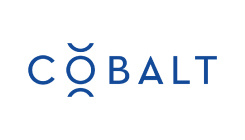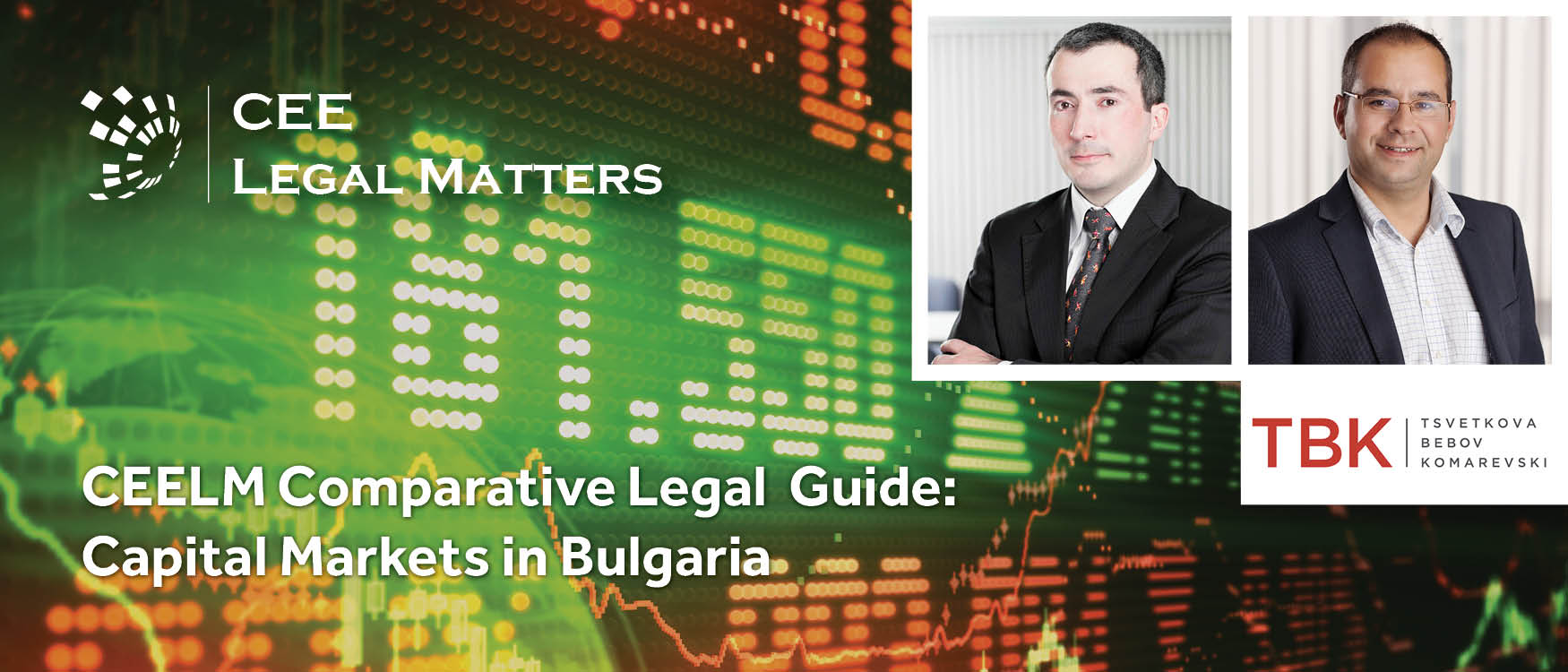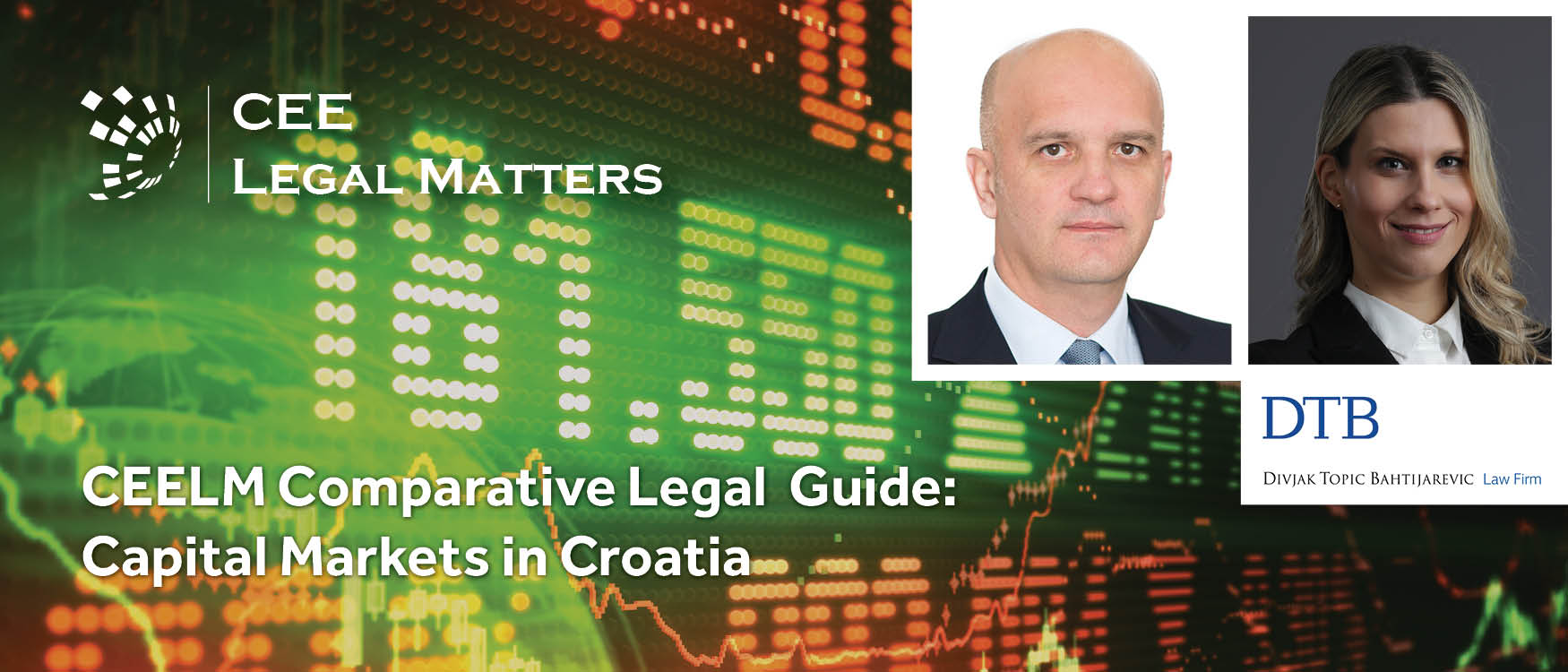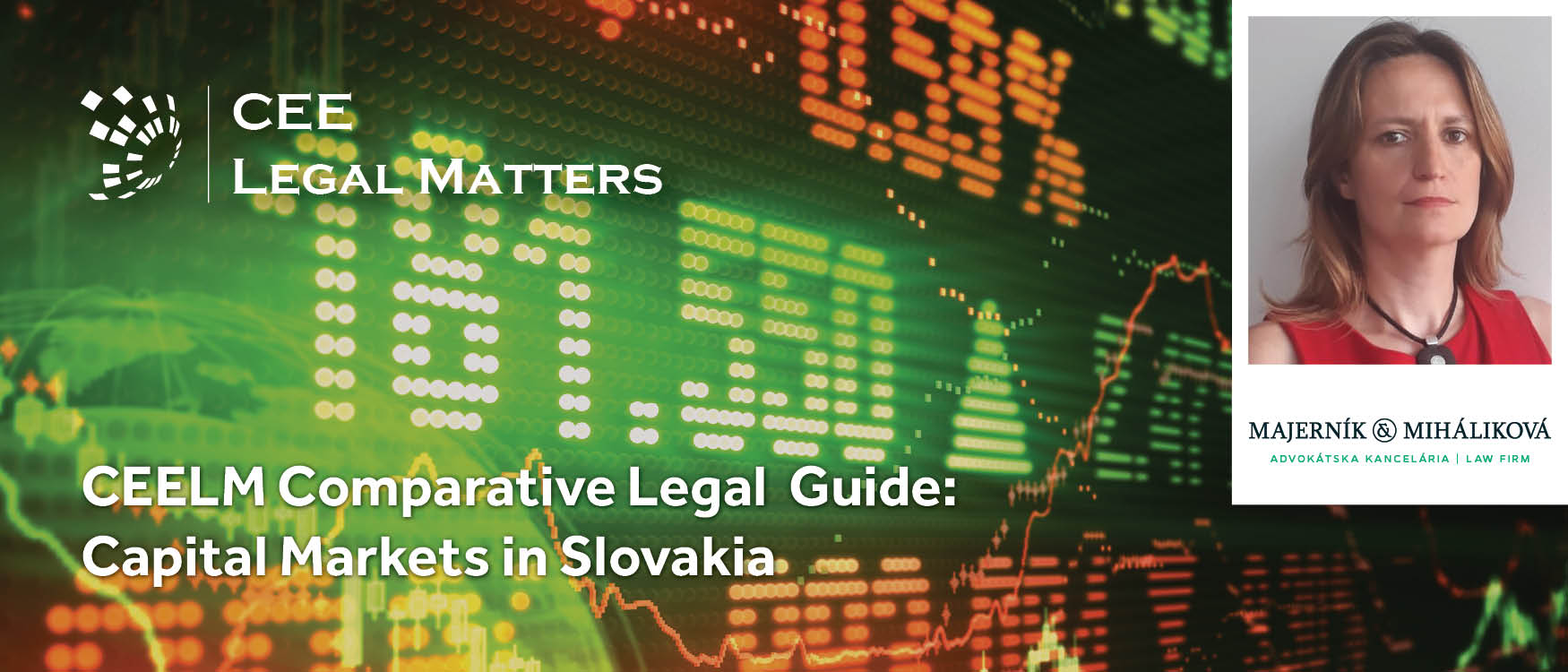Contributed by Cobalt.
1. Market Overview
Nasdaq Riga is the only stock exchange in Latvia. It is supervised by the Financial and Capital Market Commission of Latvia and belongs to the Nasdaq Baltic Exchange group. It is part of a unique structure, consolidating the common market platform and capital market infrastructure for the three Baltic States. The Riga Stock Exchange uses a uniform trading platform and one depository with Vilnius and Tallinn stock exchanges, forming the uniform Baltic stock market. The Baltic Exchange provides a trading platform for shares of approximately 70 companies from Estonia, Latvia, and Lithuania and maintains bond listings of more than 30 companies as well as treasury notes of governments of Latvia and Lithuania. Nasdaq Baltic offers issuers and investors common marketplace for trading and common information distribution.
Over the past few years Baltic debt markets have demonstrated increasing activity. Latvian bond issuers have been particularly active. Both Latvia’s financial institutions, such as Citadele Banka or Altum, and its industrial companies, such as Latvenergo, Hansa Matrix, and Storent Investments, have successfully placed their fixed-income debt instruments on the Baltic Bond List. As the most recent sign of solid debt market conditions, on April 8, 2020 ALTUM, a development finance institution, issued bonds in a total amount of EUR 20,000,000. This was the second issue of notes within a EUR 70,000,000 Notes issue programme (the emission was in addition to EUR 10,000,000 in 2018 and EUR 15,000,000 in 2019) with five-year maturity and a fixed annual interest rate of 1.3%. This issue attracted impressive interest from Baltic investors and the bonds were oversubscribed 3.8 times.
In contrast to the active debt market, there have been no new IPOs for the past two years. Hansa Matrix in 2016 and Madara Cosmetics in 2017 stimulated a number of Latvian companies to prepare for listing up to the level of agreeing on documentation with the regulator, but unfavourable market conditions have deterred new entrants from joining the public markets.
2. Overview of the local stock exchange and listing segments (markets)
a. Regulated market
Nasdaq Baltic stock exchanges have structured listings on the Main List, Secondary List, and Bond List. The Main list and the Second list of the Nasdaq Baltic exchanges are compliant with European Union regulations and the listing requirements are guided by EU standards. The regulatory requirements for these two lists are more complex than for the First North alternative market.
Baltic company bonds are listed in a joint Baltic Bond List. They include notes of major Latvian commercial entities and Latvian government treasury bills.
The Baltic Main List offers shares of solid business entities from Latvia, Lithuania, and Estonia. The Main list companies shall have a sound financial position, market capitalization of at least EUR 4 million, sufficient free float, reporting according to IFRS, and a history of at least 3 years of operations. These special requirements for inclusion do not apply for Secondary List companies.
b. Non-regulated market
In addition to both regulated lists of shares, Nasdaq Baltic stock exchange hosts a non-regulated, alternative market, Nasdaq First North. This is a multilateral trading facility (MTF), or “alternative market,” operated by the different exchanges within Nasdaq. This section of the share market does not have the legal status of an EU-regulated market. Companies on First North are subject to the rules of Nasdaq Baltic/First North rather than the legal requirements for admission to trading on a regulated market.
3. Key Listing Requirements
The listing requirements for the admission of equity and debt securities varies quite considerably dependant on the market. For instance, First North is tailored specifically to permit small and medium sized companies to access public markets, with lower thresholds for admission and less stringent continuous disclosure requirements.
A. General Requirements
First of all, pursuant to the Rules of Nasdaq Riga, an issuer who wants to have its securities listed on Nasdaq Riga has to be registered and its activities should be in compliance with the laws and other legal acts of its country of registration, its Articles of Association, and applicable Rules of Nasdaq Riga.
Nasdaq Riga has the right not to admit to trading the securities of an issuer who is subject to liquidation, insolvency, or bankruptcy proceedings or who has initiated suspension of its operation, nor when there are reasonable doubts about the issuer's ability to continue its commercial activity or where the issuer has had permanent solvency problems before submitting the listing application. In addition, the issuer’s economic, legal, or other situation or activity may not jeopardise the interests and fair and equal treatment of investors.
Only freely transferable dematerialized securities may be listed on Nasdaq Riga and the transfer right of such securities may not be restricted by the Articles of Association of the issuer.
Lastly, the securities applied for listing should be bookentered with the central securities depository Nasdaq CSD SE or another foreign central depository with whom Nasdaq Riga and/or the Nasdaq CSD SE has entered into agreement on cooperation in provision of payments.
B. Equity Capital Markets
(i) Main List
Issuers who apply for listing of their shares on the Main List have to be active in the main field of their economic activity for at least 3 years and at least their last annual report has to be prepared in compliance with the IFRS.
Shares may be listed on the Main List if the issuer’s anticipated market capitalization (or, if it cannot be assessed, the equity of the issuer) is at least 4 million euros. However, Nasdaq Riga has a right to set exceptions to this requirement if sufficient interest from investors about the trading of the relevant shares is expected.
Pursuant to the Rules of Nasdaq Riga all shares of the same category should be listed and are subject to a 25% free float requirement –or, if the number of shares in free float is smaller than 25%, when the capitalisation of the shares on free float exceeds 10 million.
(ii) Secondary List
The requirements for listing of shares on the Secondary List are the same as for the Main List, except for the requirement to have a market capitalization and free float of shares.
(iii) First North
The issuer should comply with the general listing requirements discussed above and it is not subject to the requirements of minimum period of operation history, market capitalization, and free float of shares. In addition, there is no requirement that the issuer’s financial statements be prepared in compliance with the IFRS. However, the issuer is obliged to engage an adviser certified by Nasdaq Riga.
C. Debt Capital Markets
(i) Bond List
Issuers who apply for listing of their debt securities on the Bonf List have to be active in the main field of their economic activity for at least 2 years and at least their last annual report has to be prepared in compliance with the IFRS.
The total nominal value of the debt securities applied for the listing should be at least 200,000 euros.
(ii) First North
Issuers should comply with the general listing requirements discussed above. They are not subject to the requirement of minimum period of operation history, and there is no requirement that their financial statements be prepared in compliance with the IFRS. In addition, there is no requirement that the debt securities applied for the listing have a certain value. However, the issuers are obliged to engage an adviser certified by Nasdaq Riga.
4. Prospectus Disclosure
A. Regulatory regimes and local market practice
When the company is seeking admission to the Main List, the Secondary List, or the Bond List the key disclosure document is a prospectus. Nasdaq Riga Alternative Market First North Rules are applicable to companies seeking admission to First North (assuming that they do not conduct an “offer to the public”) and in which case the key disclosure document is a “company description.”
The prospectus regime in the Latvia is governed by the Prospectus Regulation and the delegated legislation which includes the Commission Delegated Regulation (EU) 2019/980 (the “PR Delegated Regulation”) relevant for the format, content, scrutiny, and approval of the prospectus and the Commission Delegated Regulation (EU) 2019/979 (“Prospectus RTS Regulation”) relevant for the technical standards on key financial information in the summary of a prospectus, the publication and classification of prospectuses, advertisements for securities, supplements to a prospectus, and the notification portal. In addition, the PR Delegated Regulation imposes specific minimum information requirements for a prospectus as set out in the Annexes of the PR Delegated Regulation. The relevant Annexes that will apply in each particular case are prescribed by Articles 2 to 23 of the PR Delegated Regulation and will depend on, among others, the type of securities being issued, the type of issue (in certain cases), the nature of the issuer, whether the issuer has a complex financial history or has made a significant financial commitment.
The Prospectus Regulation requires a prospectus to be written in an easily analysable, concise, and comprehensible form and to contain the necessary information which is material to an investor for making an informed assessment of the financial position, etc. of the issuer, the rights attaching to the securities being offered and the reasons for the issue and impact on the issuer. It may be published in a single document (which is the typical Latvian practice) or in three separate documents comprising a registration document (containing information relating to the issuer), a securities note (containing information concerning the securities being offered), and a prospectus summary.
The key information that the Prospectus Regulation requires to be included in a prospectus includes:
• risk factors informing potential investors of the material risks to the issuer, its industry and the securities being offered;
• the last three years’ (two years’ for non-equity securities) audited financial information prepared in accordance with IFRS;
• details of any significant changes in the financial or trading position of the company since the date of the latest published audited or interim financial information included in the prospectus;
• in relation to equity securities, a working capital statement;
• an operating and financial review (“OFR”) describing the company’s financial condition, changes in financial condition and results of operations for the periods covered by the historical financial information included in the prospectus;
• summaries of material contracts entered into outside of the ordinary course of business by the company’s group;
• details of any significant shareholders of the issuer, whose interest is notifiable under the issuer’s national laws;
• in relation to equity securities, details of any related party transactions that the company has entered into during the period covered by the historical financial information and up to the date of the prospectus;
• details of any legal proceedings that the company has been party to in the last year;
• prescribed information on the company’s directors and senior management, including remuneration, benefits and interests in the shares of the company (including share options) and also with respect to the company’s corporate governance; and
• responsibility statements from the company, the directors and any proposed directors, confirming that they accept responsibility for the information contained in the prospectus and that, to the best of their knowledge (having taken all reasonable care to ensure that such is the case), such information is in accordance with the facts and contains no omission likely to affect its import.
The prospective issuers can omit information from a prospectus in limited circumstances where the Financial and Capital Market Commission may authorise that disclosure of such information would be contrary to the public interest, seriously detrimental to the issuer (provided that the omission would not be likely to be misleading the public) or the information is of minor importance in the specific situation and would not influence the assessment of the financial position and prospects of the issuer.
A supplementary prospectus will need to be published if any significant new factor, material mistake or inaccuracy relating to the information included in the original prospectus arises during the period after publication of the original prospectus but before the later of the securities being admitted to trading and the closing of the offer to the public. Significantly, the issuance of a supplementary prospectus triggers withdrawal rights for any investor who had previously agreed to purchase shares in the offering. Such rights are exercisable before the end of the second working day after the day on which the supplementary prospectus was published.
B. Language of the prospectus for local and international offerings
Where an offer of securities to the public is made or admission to trading on a regulated market is sought only in Latvia, the prospectus shall be drawn up in Latvian. However, where an offer of securities to the public is made or an admission to trading on a regulated market is sought in more than one Member State including Latvia, the prospectus can be drawn up in English and the prospectus summary should be translated into Latvian and, if required, also in the official languages of the host Member States.
5. Prospectus Approval Process
A. Competent Regulator
The Financial and Capital Market Commission is the competent authority in Latvia for reviewing and approving prospectuses and the company will need to follow the formal admission requirements set out in the Rules of Nasdaq Riga.
B. Timeline, number of draft submissions, review and approval process
According to the Prospectus Regulation the Financial and Capital Market Commission should take a decision on approval of the prospectus within 10 working days of the submission of the draft prospectus. The time limit can be extended to 20 working days where the offer to the public involves securities issued by an issuer that does not have any securities admitted to trading on a regulated market and that has not previously offered securities to the public.
The number of drafts that can be submitted to the Financial and Capital Market Commission is not limited. However, local practice is to provide to the Financial and Capital Market Commission a draft which is very close to the final version.
6. Listing Process
A. Timeline, process with the stock exchange
The issuer who wants to have its securities listed on any of the lists of Nasdaq Riga shall submit to Nasdaq Riga a listing application and all other documents specified herein.
(i) Main List and Secondary List
If the issuer applies its shares for listing on the Main List or the Secondary List, it must append the following documents to the listing application:
1) a copy of the issuer’s registration certificate or a similar document certifying the legal status of the issuer (fact of registration);
2) a copy of Articles of Association of the issuer;
3) a report of the Management Board of the issuer on business plans for the current and at least the next reporting period;
4) a copy of the decision of the issuer’s shareholders’ meeting on amendments to the Articles of Association and the increase of its share capital;
5) a resolution on submission of the listing application taken by the authorised management body of the issuer;
6) a prospectus registered with the Financial and Capital Market Commission or an offering document;
7) copies of audited annual reports for the last 3 years;
8) if an agreement with a member of Nasdaq Riga on market making for the securities of the issuer has been concluded, the information about the conclusion of the agreement and a description of the main provisions of the agreement;
9) in the event the issuer has a parent company, confirmation of the parent company and the issuer that there do not exist any arrangements that the issuer would have to transfer the entire profit or a part thereof to its parent company and that none such would be made during the listing period on Nasdaq Riga; and
10) in the event the Issuer has a parent company, the parent company’s written commitment to conform to the Rules of Nasdaq Riga.
Nasdaq Riga shall take a decision on listing within 10 days following receipt of all required documents and information.
(ii) Bond List
If the issuer applies its debt securities for listing on the Bond List, it must append the following documents to the listing application:
1) a copy of the issuer’s registration certificate or a similar document which certifies the legal status of the issuer (fact of registration);
2) a copy of Articles of Association of the issuer;
3) a copy of resolution on issuance of debt securities and submission of the listing application taken by the authorised management body of the issuer;
4) a prospectus registered with the Financial and Capital Market Commission or an offering document;
5) copies of audited annual reports for the last 2 years; and
6) if an agreement with a member of Nasdaq Riga on market making for the securities of the issuer has been concluded, the information about the conclusion of the agreement and a description of the main provisions of the agreement.
Nasdaq Riga takes a decision on listing within 10 days following receipt of all required documents and information.
(iii) First North
If the issuer applies its shares or debt securities for listing on First North, it must append the following documents to the listing application:
1) a certified copy of the issuer’s registration certificate or a similar document which certifies the legal status of the issuer (fact of registration);
2) a copy of Articles of Association of the issuer;
3) a resolution on submission of the listing application taken by the authorised management body of the issuer;
4) a prospectus registered with the Financial and Capital Market Commission, an offering document or the company’s description if the issuer is not required to prepare the prospectus or an offering document;
5) copies of audited annual reports for the last 2 years;
6) a report of the Management Board of the issuer on the business plans of the issuer for the current and at least next reporting period, unless disclosed in the prospectus or the company’s description; and
7) an agreement with a certified adviser.
Considering the specific circumstances, Nasdaq Riga has the right to make exemptions and decide that the submission of certain documents is not necessary.
Nasdaq Riga takes a decision on admission of securities to trading on the First North within 3 months following receipt of all required documents and information.
7. Corporate Governance
a. Corporate governance code / rules (INED, board and supervisory composition, committees)
Companies listed in the Riga Stock Exchange shall follow and implement Principles of Corporate Governance and Recommendations on their Implementation, approved by Nasdaq Riga in 2010. These guidelines govern all important corporate issues of listed entities, including convening and managing shareholders meetings, composition of supervisory council and board, remuneration policies and internal controls of listed entities. Rules provide imperative requirements for sharing information with shareholders and other guarantees of minority shareholders.
Requirements for independent non-executive directors are determined by the regulation. The Principles provide recommendation that at least a half of council members are independent. It is stipulated that individual council members or groups thereof do not have a dominating role in decision making. The rules determine, that council should be composed of individuals whose knowledge, opinions and experience is varied. Council members are required to ensure sufficiently critical and independent attitude in evaluating and taking decisions.
In addition to requirements to issuers, also council members are addressed. It is prescribed by The Principles that every council member shall be independent from any external influence and shall comply with business ethics principles when taking decisions in relation to the business of the respective issuer.
b. Any other ESG considerations
There are no explicit rules for entities listing in Riga Stock Exchange regarding Environmental, social and governance (ESG) criteria. Meanwhile Principles of Corporate Governance and Recommendations on their Implementation, approved by Nasdaq Riga in 2010 determine business transparency requirements.
Nasdaq Baltics has emphasized environmental criteria in commencing listing of green bonds of several issuers. The Nasdaq Baltic Bond List currently includes three Green bond offerings. In 2015 Latvia’s Latvenergo was the first in Nasdaq Baltics and the first state-owned energy company in Eastern Europe to offer green bonds. In 2017 Latvian development finance institution ALTUM commenced series of issues of green bonds. Rules of bond issues contain a set of standards for a company’s operations that environmentally and socially conscious investors have used to screen potential investments.
8. Documentation and Other Process Matters
A. Over-allotment
In recent IPOs made by Latvian companies over-allotment option was not used. Moreover, implementation of greenshoe and brownshoe structures is somewhat uncertain under Latvian regulation and would require a very careful structuring from the corporate law perspective.
B. Stock lending agreement
Stock lending structure has never been used in Latvian IPOs, and implementation of such structure is also somewhat uncertain under Latvian law.
C. Stabilisation
Stabilisation is allowed in Latvia if made in compliance with the Market Abuse Regulation (MAR) and the Commission Delegated Regulation (EU) 2016/1052.
Under MAR stabilisation is exempted from the prohibition on insider dealing, market manipulation and unlawful disclosure of inside information so long as:
• the undertaking of the stabilisation is for a limited period (in respect of shares the time period is no longer than 30 calendar days whilst in respect of bonds it is no longer than 60 days);
• relevant information is disclosed to the competent authority;
• disclosure is made in the offering documents; and
• the undertaking is in compliance with adequate limits with regard to price.
The European Securities and Markets Authority (ESMA) indicated that disclosure obligations will include further requirements, namely that (a) prior to the stabilisation, issuers must disclose where the stabilisation measure may occur (whether it be on or outside a trading venue); and (b) after the stabilisation, issuers must disclose the trading venue on which the stabilisation transactions were carried out.
9. Ongoing Reporting Obligations (Life as a Public Company)
Listed companies are required to comply with various ongoing reporting obligations, which vary based on whether the securities are included on the regulated market or alternative market Firth North.
In addition to the reporting requirements provided in the Financial Instruments Market Law, there are also reporting requirements provided in the Rules of Nasdaq.
Moreover, both listed and unlisted companies will need to ensure that they meet the ongoing obligations under MAR, as a breach of MAR by an individual or legal person is a civil offence punishable by a fine and administrative sanction.
A. Annual and interim financials
The companies whose securities are listed on a regulated market of Nasdaq Riga must publish their audited annual reports prepared in accordance with the IFRS within 4 months of its financial year end and unaudited interim reports prepared in accordance with the IFRS within 2 months of the interim financial period.
The companies whose securities are listed on alternative market First North must publish their audited annual reports not later that on the day on which, in accordance with the regulatory acts of the registration country of the issuer, the annual report is to be audited and/or approved, and unaudited semi-annual reports within 3 months of the end of the reporting period.
B. Periodic Reporting
Companies with securities listed on the regulated market of Nasdaq Riga or on the First North alternative market are also subject to various periodic reporting requirement, including the obligation to publish the inside information in accordance with the requirements of MAR.
Companies with securities listed on the Nasdaq Riga regulated market are required to disclose, inter alia, information about: changes in the issuer’s management board, supervisory board or auditors; changes of the issuer’s legal address or actual location of the office; all proposed changes in the rights or liabilities of holders of securities; the court or arbitration proceedings which have been initiated by the issuer or against the issuer (provided that such proceedings are affecting or may affect the price of the issuer’s listed securities); initiation of legal protection, insolvency or liquidation of the issuer, its parent company or its material subsidiary; the issuer’s intention to seek for secondary listing on another regulated market; all circumstances and events that have materially affected or which could materially affect the issuer’s business or financial standing; convening of shareholders’ or bondholders meeting; payment of dividends; increase or reduction of share capital and acquisition of its own shares; issuance of debt securities; significant changes in the issuer’s shareholders, and other significant events.
Disclosure requirements for the companies whose securities are listed alternative market First North are less stringent and, inter alia, includes disclosure of information about: changes in the issuer’s management board, supervisory board or auditors; convening of shareholders’ or bondholders meeting; increase or reduction of share capital; the issuer’s intention to seek for admission to trading of its securities on another multilateral trading facility or a regulated market, and other significant events.
























